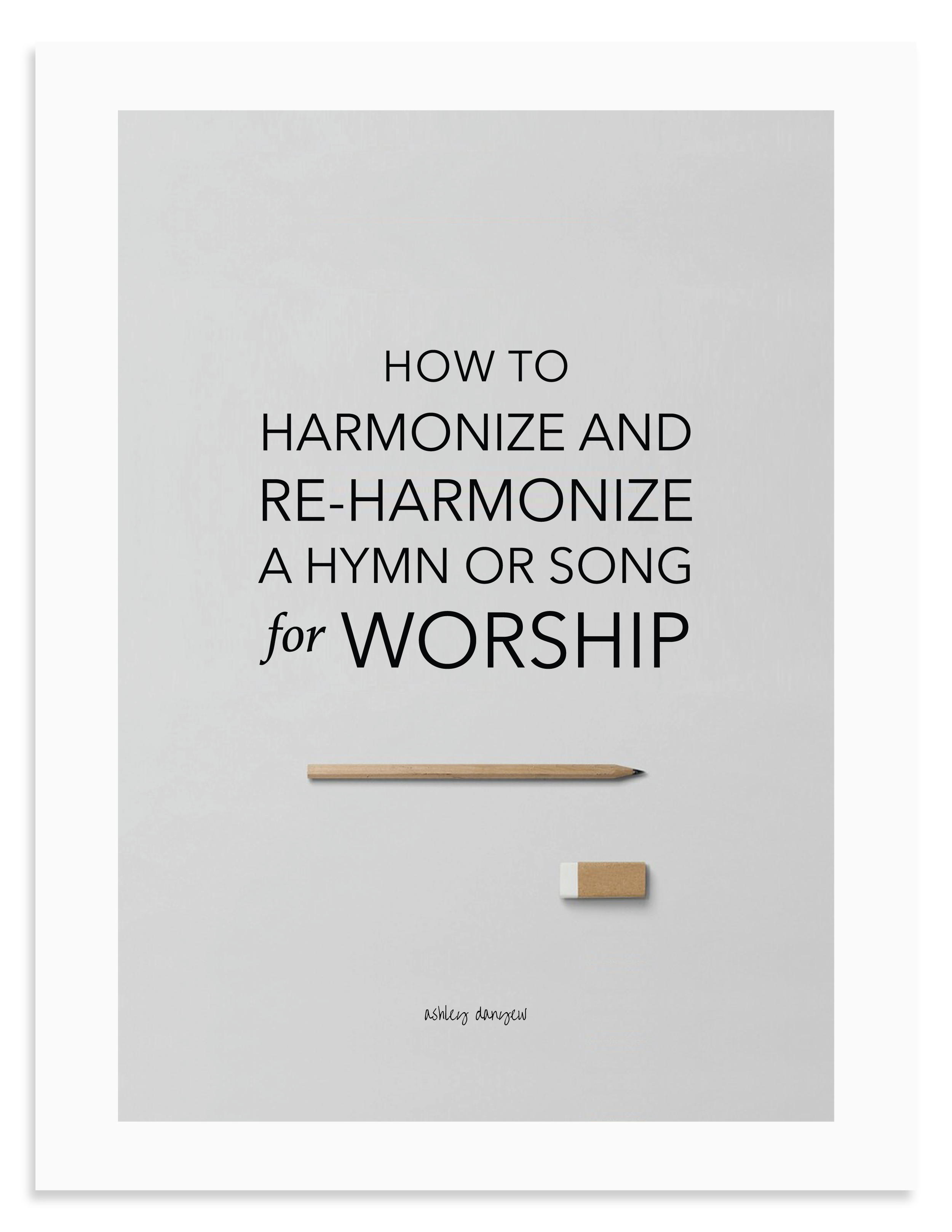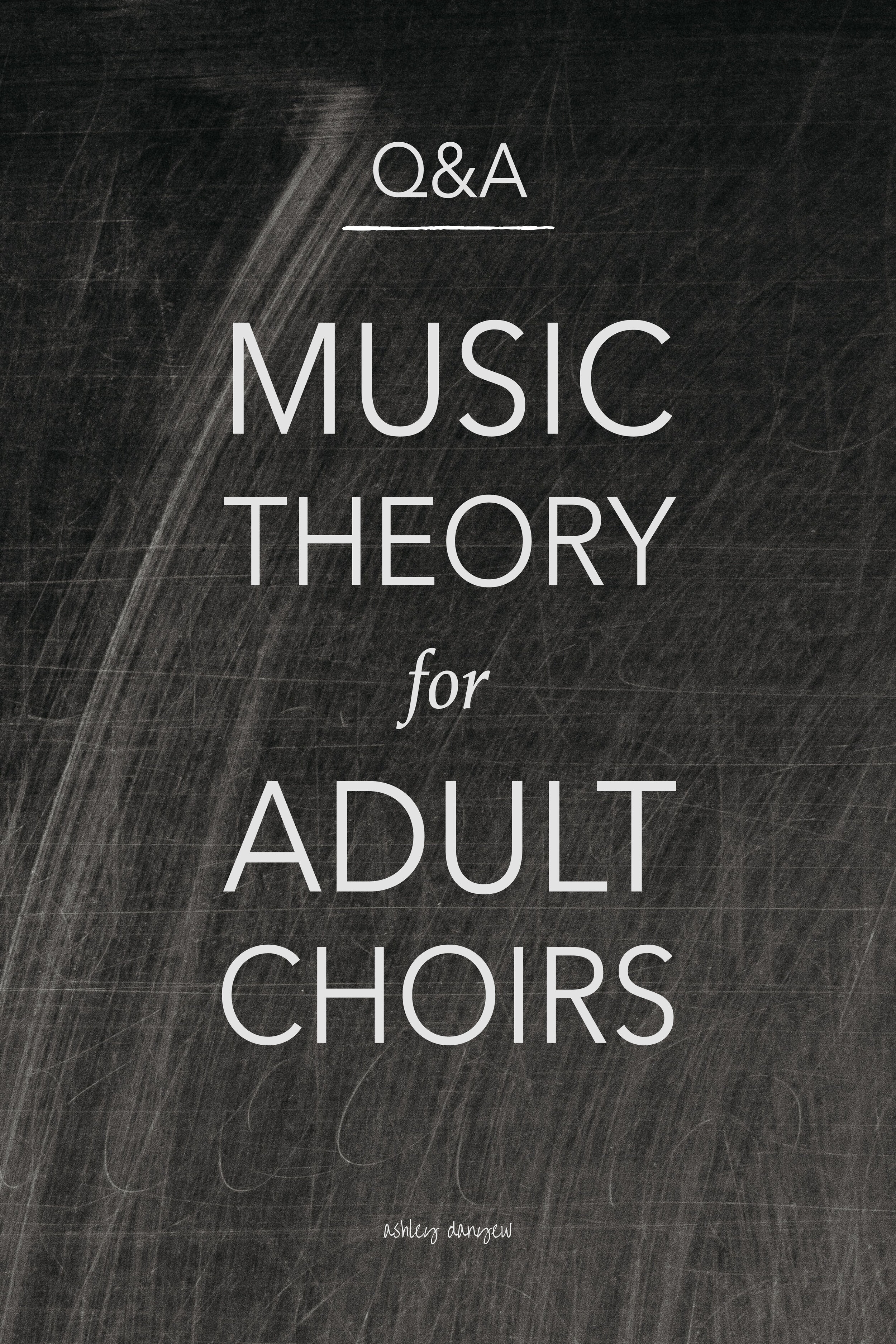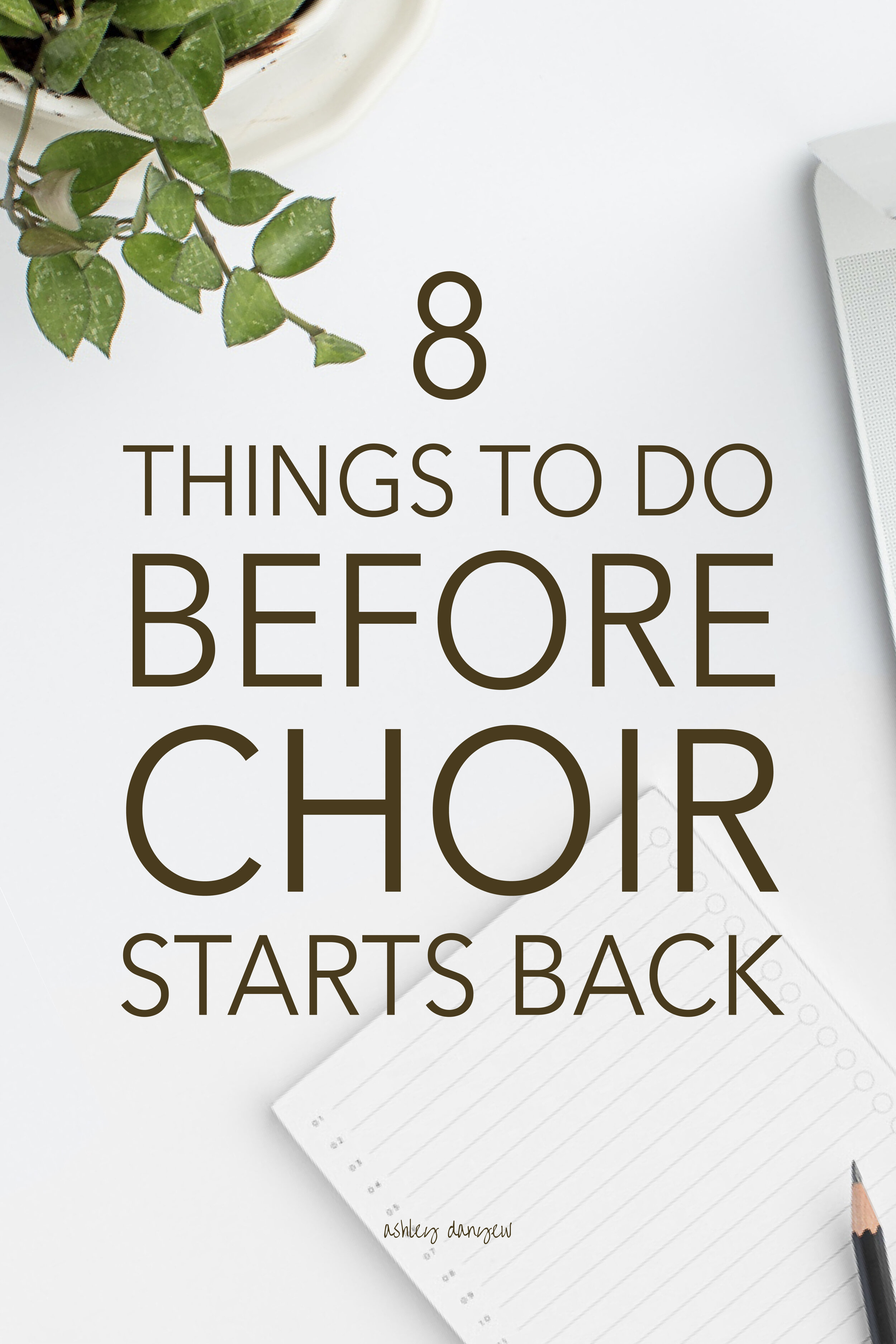I wasn’t really familiar with the term keyboard skills until I was in grad school, flipping through the course catalog one semester. The course description piqued my interest:
"Practical experience in score reading, figured bass realization, transposition, melody harmonization, and pop symbols.”
Needless to say, I signed up.
I learned so much that semester, through our large-group meetings on Tuesday mornings and our small-group meetings in the instructor’s tiny office on the 5th floor.
Though classified as a music theory course, this class was extremely hands-on and rooted in experience. We took turns sitting at the keyboard and trying new things, working out progressions and transpositions, and challenging ourselves to play, think, and create in new ways.
I’ve approached the keyboard and any playing that I do a little differently ever since taking that class. Here are a few of my biggest takeaways:
Look for things that challenge you - coordination skills or cognitive understanding or critical listening - and pursue them instead of shying away.
Experiment with playing songs and hymns by ear, rather than from the notation.
Practice improvising simple music for transitions and underscores.
It’s an ongoing process, for sure, but one that will ultimately help you become a better musician, accompanist, and teacher.
Want to continue developing your keyboard skills this year? Here are 13 things you can do:
13 Ways to Continue Developing Your Keyboard Skills This Year
*Disclosure: I get commissions for purchases made through links in this post.
1. Find an accountability partner
Having someone that can encourage you and keep you accountable as you practice and work to develop new skills can be a helpful way to stay motivated and on track. Maybe you have a friend who plays at another church that you can check in with every few weeks. Maybe you have a former teacher you can talk to, or a friend who will challenge you to keep going when you feel stuck.
2. Practice embellishing a traditional hymn or song with passing tones
This is an easy way to free yourself from feeling like you have to play exactly what’s on the page. Take a simple hymn like “O God, Our Help in Ages Past,” or “Come, Thou Fount of Every Blessing” and look for places (in each voice line) where there are skips. Add a note to fill in the skip (a passing tone) by changing a quarter note into two eighth notes, an eighth into two sixteenth notes, a half note into two quarter notes, etc. Note: Avoid embellishing the melody line too much if you’ll be accompanying the congregation or choir.
3. Watch a YouTube tutorial or workshop
YouTube has something for everyone, right? It’s like anything you might be wondering about in the world, there’s a tutorial for that, keyboard skills included! It’s like attending a conference or workshop but from the comfort of your living room. Here are a few you might want to check out:
Worship Keyboard Tutorial: Playing in the Background (Peter, Our Worship Sound)
Creative Arranging, Part II (Dan Forrest, Alleluia Conference)
Piano Improvisation: What to Play When You Don’t Know What to Play
Choral Accompanying 101 (Brad Nix, Alleluia Conference)
A Simple Tip to Improve Your Piano Practice (Bill Hinton)
4. Practice improvising a simple underscore
If improvising isn’t your thing, there’s no better time than the present to start working at it! This doesn’t have to be hard or complicated. Pick a simple 4-chord progression, like I-vi-IV-V. Play the bass line (C-A-F-G, in the key of C major) or open 5ths in your left hand, and improvise a simple melody to match in your right hand, using the notes of the C 5-finger scale (C-D-E-F-G).
Looking for more ideas? Read this post: Creating Unique Underscores for Worship: My Step-By-Step Approach
5. Sightread something new every day
This is the best way to improve your reading skills. Choose something simpler and shorter than a piece you might prepare for an offertory. Play an unfamiliar hymn from your hymnal, some simple Classical piano pieces or folk songs, or something from a sight-reading book like the Sight-Reading and Rhythm Every Day series by Helen Marlais.
6. Start your practice time with chords
If chord-playing wasn’t a big part of your training, spend some time developing this skill during your practice time. Practice blocked and broken (arpeggiated) chords in keys around the Circle of 5ths: C, G, D, A, E, B, for sharp keys, then F, Bb, Eb, Ab, Db, and Gb for flat keys. For an extra challenge, play a 2-octave arpeggio between the hands, with left hand crossing over to play the top note.
Once you feel secure with all of these chords and arpeggios in root position, try playing chords in other inversions, again blocked and broken. Here is an example of what those chord-spellings look like in the key of C major:
Root position: C-E-G
1st inversion: E-G-C
2nd inversion: G-C-E
7. Take a class
Look for a short-term class you might be able to take at your local college or community music school. For skills specific to church music settings, I'd love to have you join me in The Church Musician Primer, an online keyboard skills class for church pianists and organists.
Learn to play, accompany, and lead with creativity and confidence.
Designed specifically for church pianists and organists, this 4-week online keyboard skills class will help equip you with the key skills you need to play, plan, organize, lead, and accompany, in rehearsal and in worship.
8. Practice transposing up or down by half step
This skill comes in handy for last verses in hymn-singing, anthems that are a little too high for your sopranos, and transition music that you want to match a certain key. The best way to develop your transposing skills, like most things, is practice. Challenge yourself to transpose a simple song or sight-reading example each day, then work up to transposing a simple hymn, and eventually, something more complex like a choral anthem.
For more details on how to transpose plus a quick tip that might help, see this post: A Quick Tip for Transposing at Sight (for Piano Accompanists Everywhere)
9. Analyze the chord progression of a hymn
Just like your 8 a.m. music theory class, right? Taking some time to really study a piece of music and analyze the chords and the harmonic progression is a great way to learn how music is put together and listen with greater understanding. Start with a hymn from your hymnal and write out the Roman numerals or chord symbols - whatever your preference may be. Or, analyze it both ways to build your understanding of both types of analysis.
The benefit of using Roman numerals is that they stay the same if you decide to play the piece in another key. Chord symbols, on the other hand, need to be transposed to the new key.
Once you’re done with the analysis, play through the hymn, looking at the Roman numerals or chord symbols you wrote in. Listen to the harmonies shift and the chords change. Feel the tension and release and pay attention to the voice-leading - how the notes in each part shift to create new chords.
10. Practice harmonizing a familiar hymn melody
Stretch your ears and your understanding of harmony and chords by re-harmonizing a simple melody or hymn tune. It helps if you can have just the melody in front of you. Start simply with a basic chord progression, perhaps what you know from the original harmonization, but by ear.
Need some help?
I put together a free 12-page workbook for you called “How to Harmonize and Re-Harmonize a Hymn or Song for Worship," with more details on this process and some practicing examples you can use.
11. Read open score
Open score is a musical score where each part is written on it’s own stave or line. In SATB choral music, this means four different staves - one for each part. Most of you are probably pretty comfortable reading two staves, as this is how piano music is notated, but four staves (or more!) is another story. As a choral accompanist, you may sometimes be asked to play open score in rehearsal, to support the choir as they’re learning a new piece.
There are a few helpful strategies you can use to help develop this skill and help you feel more comfortable reading open score. See this post for all the details: 3 Tips for Playing Open Score (for Choral Accompanists Everywhere)
12. Learn a song by ear
This is a great way to build up your listening skills and put some of these keyboard skills into practice. Choose a simple song - something you know but haven’t played on the piano before (without music).
Listen to a recording, if you need to, and figure out the key and meter of the piece.
Work out the melody in the right hand for the first section, then pick out the bass line.
Use keyboard style, adding chord tones in the right hand, underneath the melody line, or melody/accompaniment style, with chords in the left hand and melody in the right hand.
Explore alternate harmonies, accompaniment styles, keys, and rhythmic variations.
13. Create a transition from your offertory into the doxology
This is a great creativity challenge each week! Challenge yourself to create a simple 4- to 8-bar transition from the end of your offertory piece to the introduction you play for the doxology. For a helpful step-by-step guide and some practical, real-life examples, see this post: How to Create Your Own Doxology Transitions
I’d love to hear from you:
How will you continue developing your keyboard skills this year?









































